
A well-designed game economy feels balanced and rewarding. It makes prices seem reasonable, encourages players to do the right things, and prevents the game from becoming unstable as they get stronger. Great economies carefully manage how money comes into and goes out of the game, control inflation, and promote activities like trading and crafting – all without overwhelming players. They often use tools like taxes, item wear and tear, or limited resources to maintain the value of in-game currencies. The most successful game economies feel naturally connected to the game’s world and overall design.
‘EVE Online’
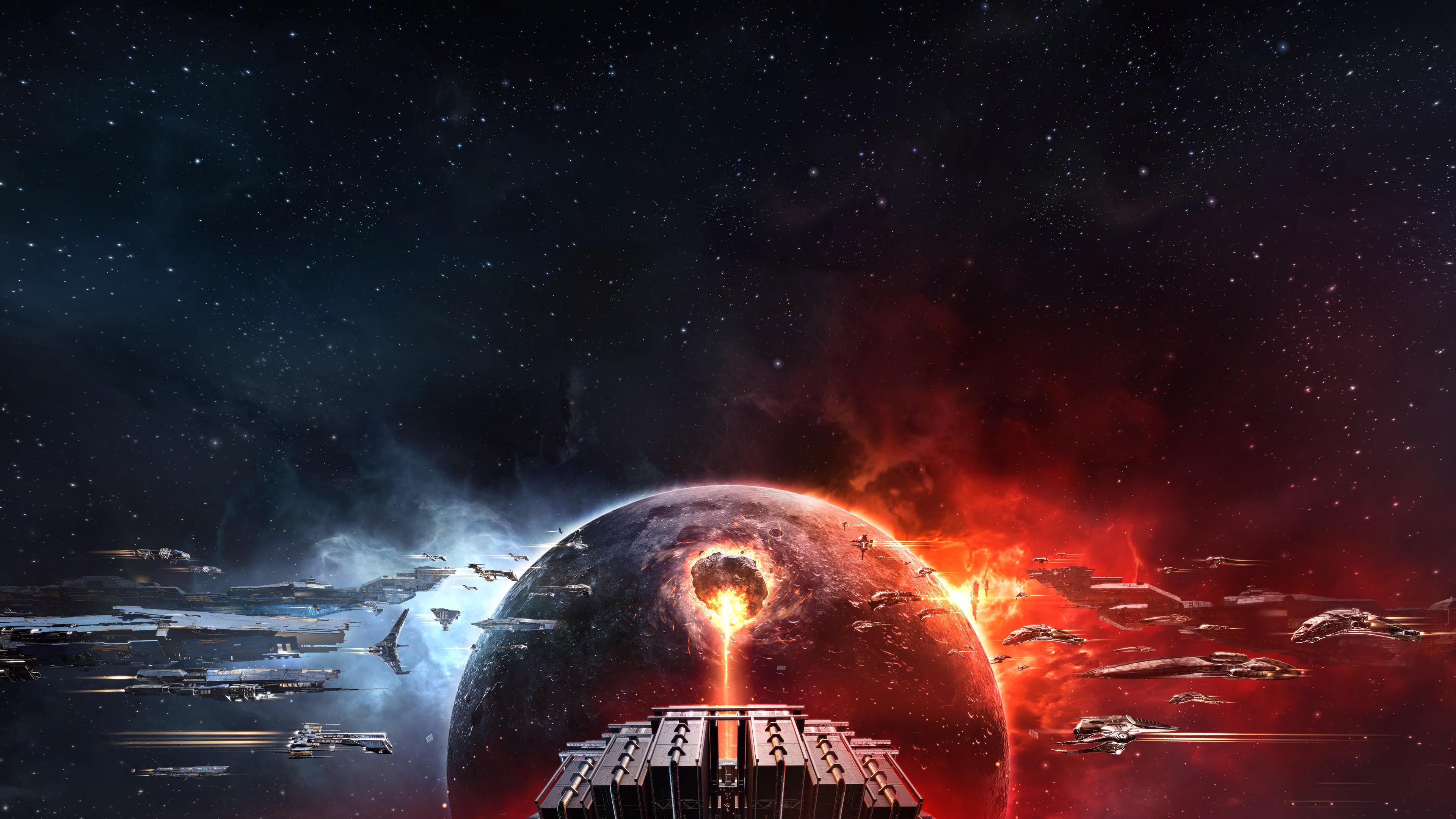
The game’s economy is entirely shaped by players. Nearly all ships, components, and ammunition are made from materials players mine or recover. Systems like insurance, taxes, and fuel costs remove currency from the game, helping to keep prices stable. Items are constantly destroyed in battles, which maintains demand. Different regions have varying prices and transportation costs, making logistics a viable career path.
‘Old School RuneScape’
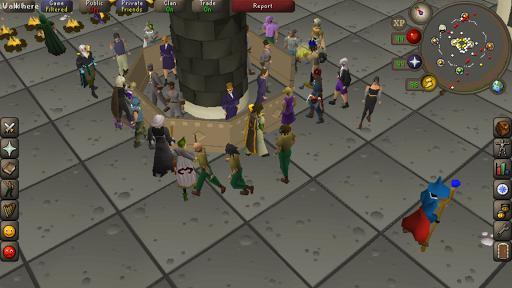
Players gain gold through activities like training skills and defeating monsters. Conversely, methods like High Alchemy and Death’s Coffer reduce a player’s wealth. The Grand Exchange acts as a central marketplace with limits on purchases to prevent price inflation. The price of bonds, which can be bought with real money for in-game benefits, fluctuates based on player demand, helping to stabilize the game’s economy. Finally, Ironman game modes keep player economies separate, ensuring a fair progression system.
‘Guild Wars 2’

The game doesn’t automatically make older gear useless, so valuable items stay that way because they’re rare and look unique. Making things and using the in-game marketplace can be expensive if you do it a lot. Players are always gathering and using materials to make powerful gear and complete daily tasks. The game uses several different types of currency, like karma and laurels, to keep the main gold currency stable and prevent prices from getting too high.
‘Path of Exile’
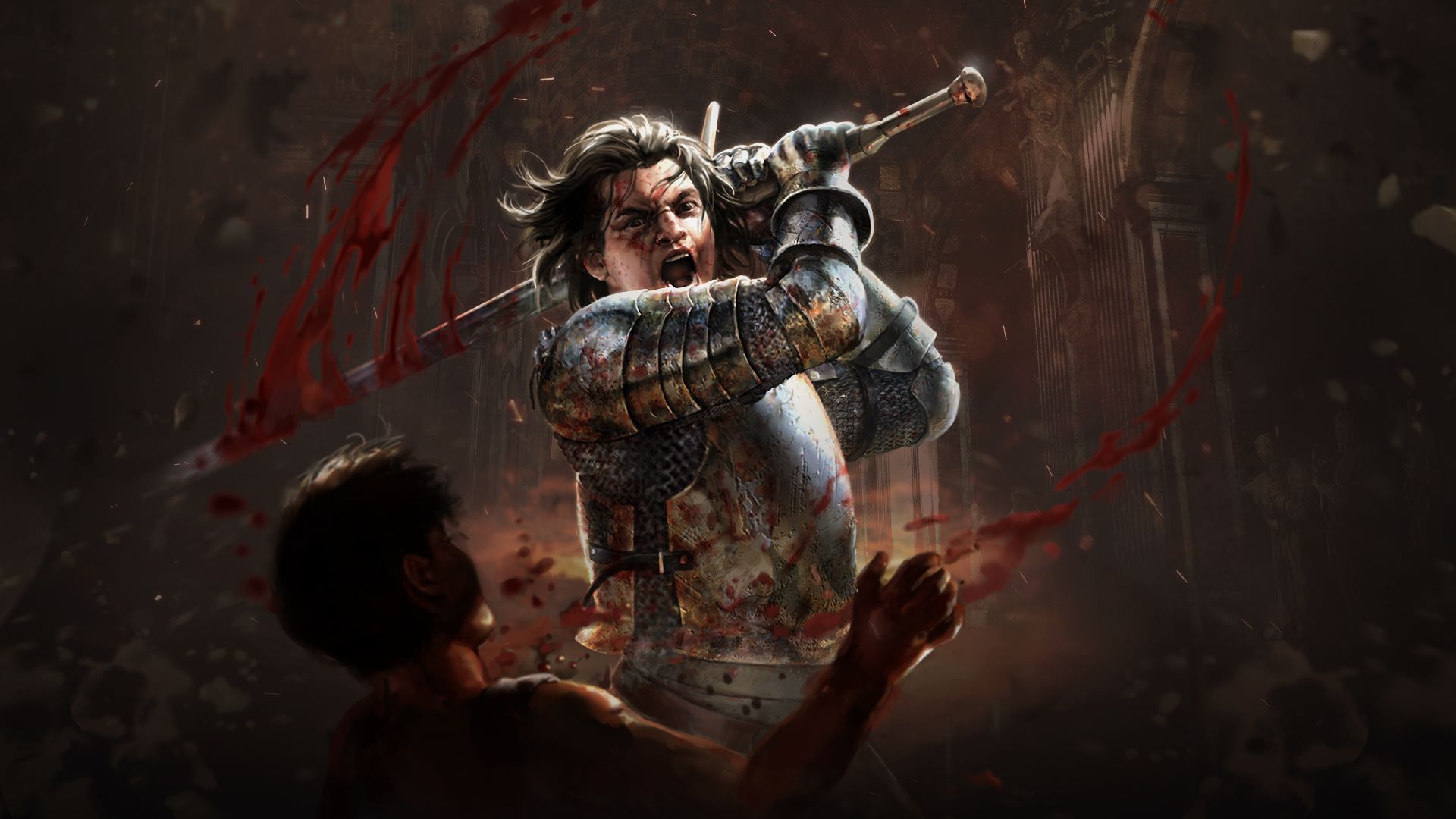
Instead of using gold, the game now uses special crafting orbs as both money and tools. New items are regularly added, and players can use vendors and crafting stations to remove items from the economy. Because these orbs are useful in gameplay, their prices are quickly determined by how many players need them. To keep things balanced, everything resets at the end of each season, preventing prices and player power from becoming too extreme.
‘Escape from Tarkov’

Players can use rubles, dollars, and euros, but trading goods directly is also common, especially when starting out. Costs like insurance, maintaining your base, and making ammunition constantly use up your supplies. Traders have loyalty systems and don’t always have what you need, creating a limited supply of items. Because raids can result in losing all your gear, there’s always a need for good, but not top-of-the-line, equipment.
‘World of Warcraft’

You earn gold by completing quests and exploring dungeons, but it quickly gets spent on things like repairing gear, buying mounts from vendors, and gathering materials for crafting. The Auction House charges a fee based on how valuable an item is, which helps keep prices stable. WoW Tokens let players trade in-game gold for subscription time, and their price changes depending on how much gold is available. Finally, players constantly need crafted items like potions and enchantments, which keeps demand – and the economy – active throughout the game.
‘Elder Scrolls Online’
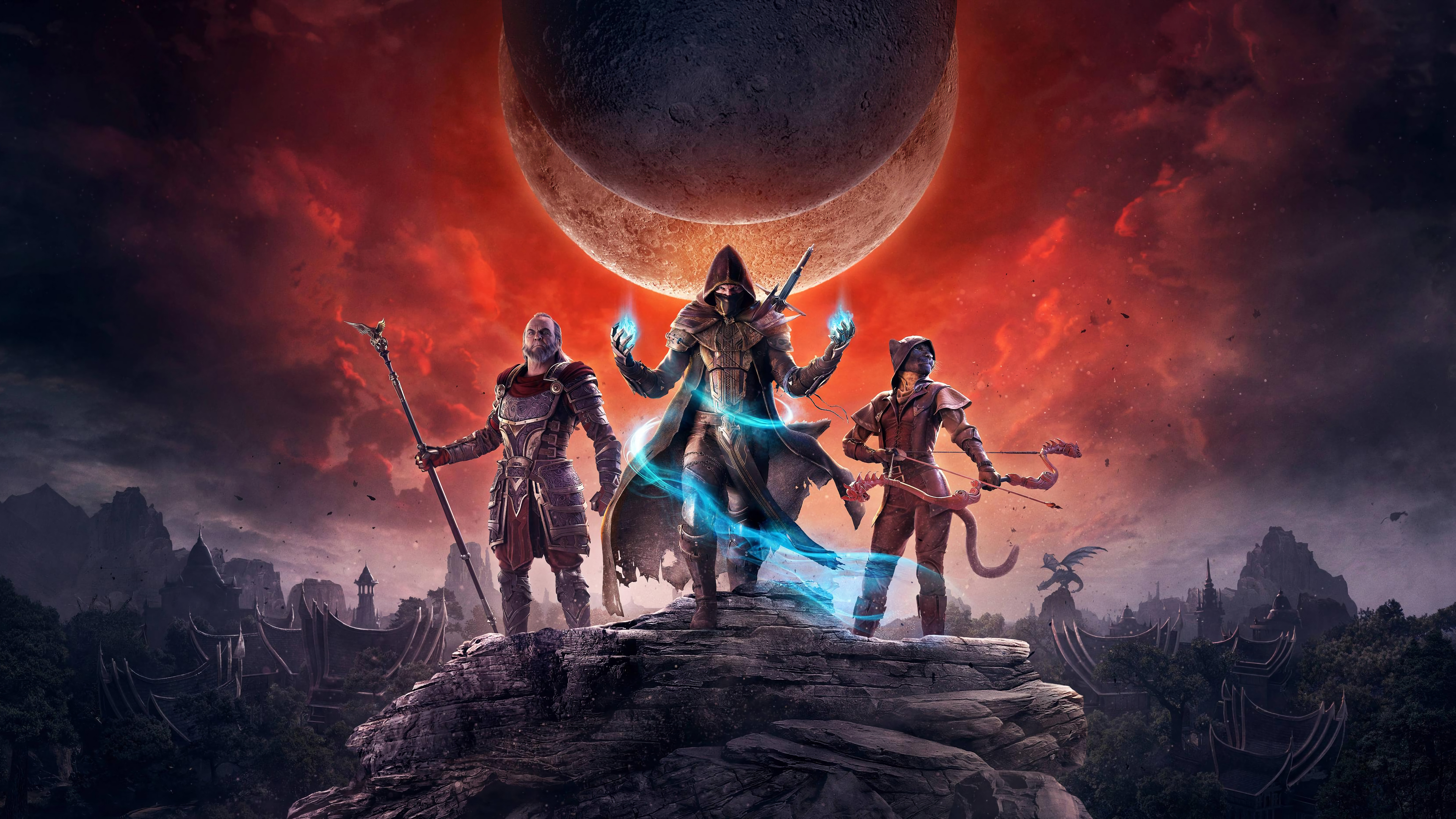
Players earn gold by completing tasks like writs and daily quests, and by running dungeons. Gold is then spent on things like repairing equipment and buying housing decorations. The game features a player-driven market thanks to Guild Traders, which means prices can vary between regions. Crafters stay useful by providing repairs and valuable upgrade materials. To reward specific activities without impacting the main economy, the game also uses separate currencies like Tel Var and Alliance Points.
‘Final Fantasy XIV’

Keeping your character equipped and your house maintained constantly costs gil. Player-driven markets are successful because items players craft are valuable at every level of the game. Sending retainers on ventures and completing leves provide a steady flow of supplies without crashing prices. And instead of just giving you gil, the game uses scrip systems to reward you with items for specific types of gear and consumables.
‘Stardew Valley’
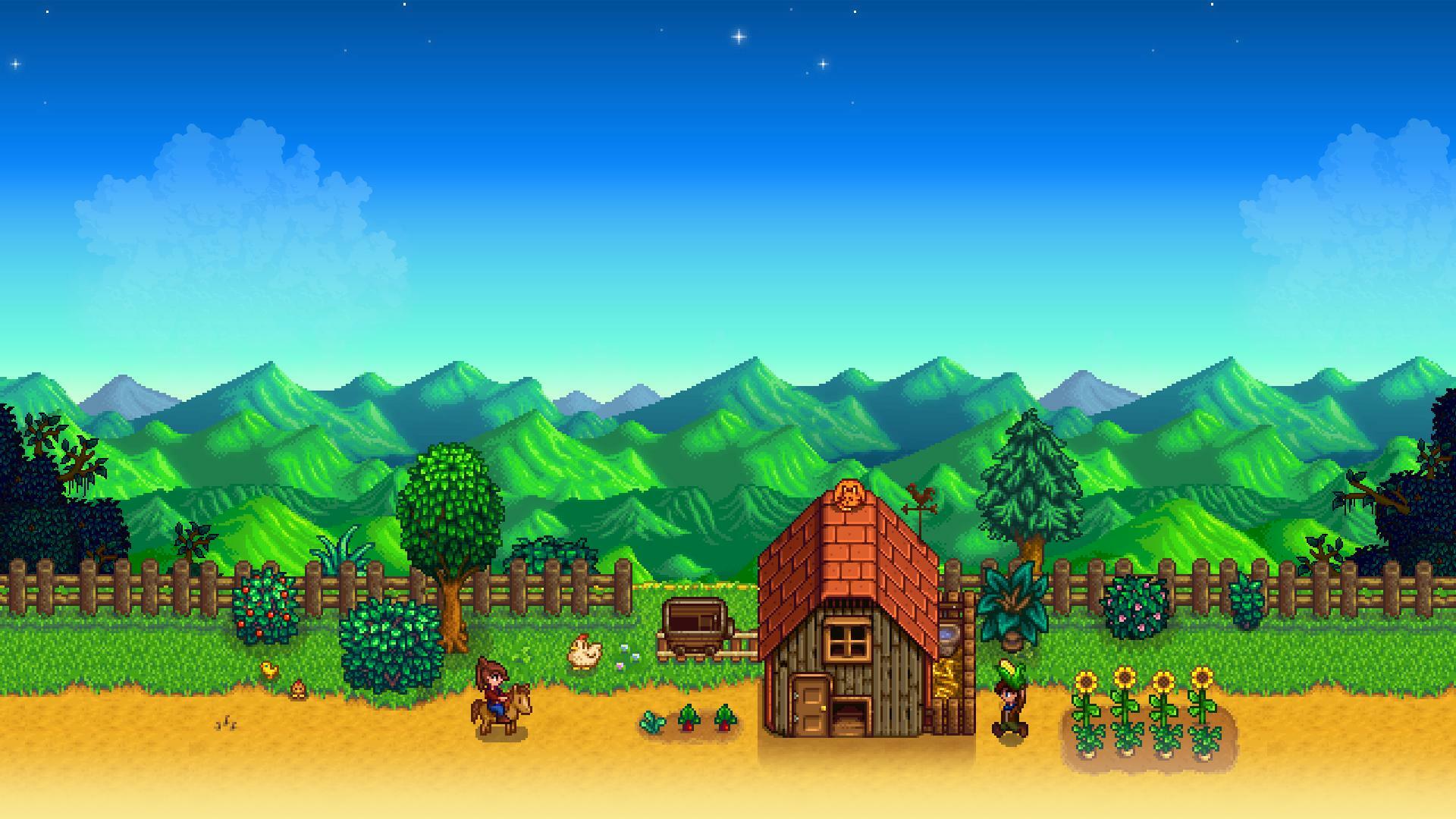
You earn gold by farming, raising animals, and crafting items, and prices change with the seasons. Spending gold on things like better tools, building improvements, and seeds helps balance the economy. The quality of your goods and how much you process them directly affect their value. Completing community center bundles encourages you to invest in making your farm more productive over time.
‘Animal Crossing: New Horizons’
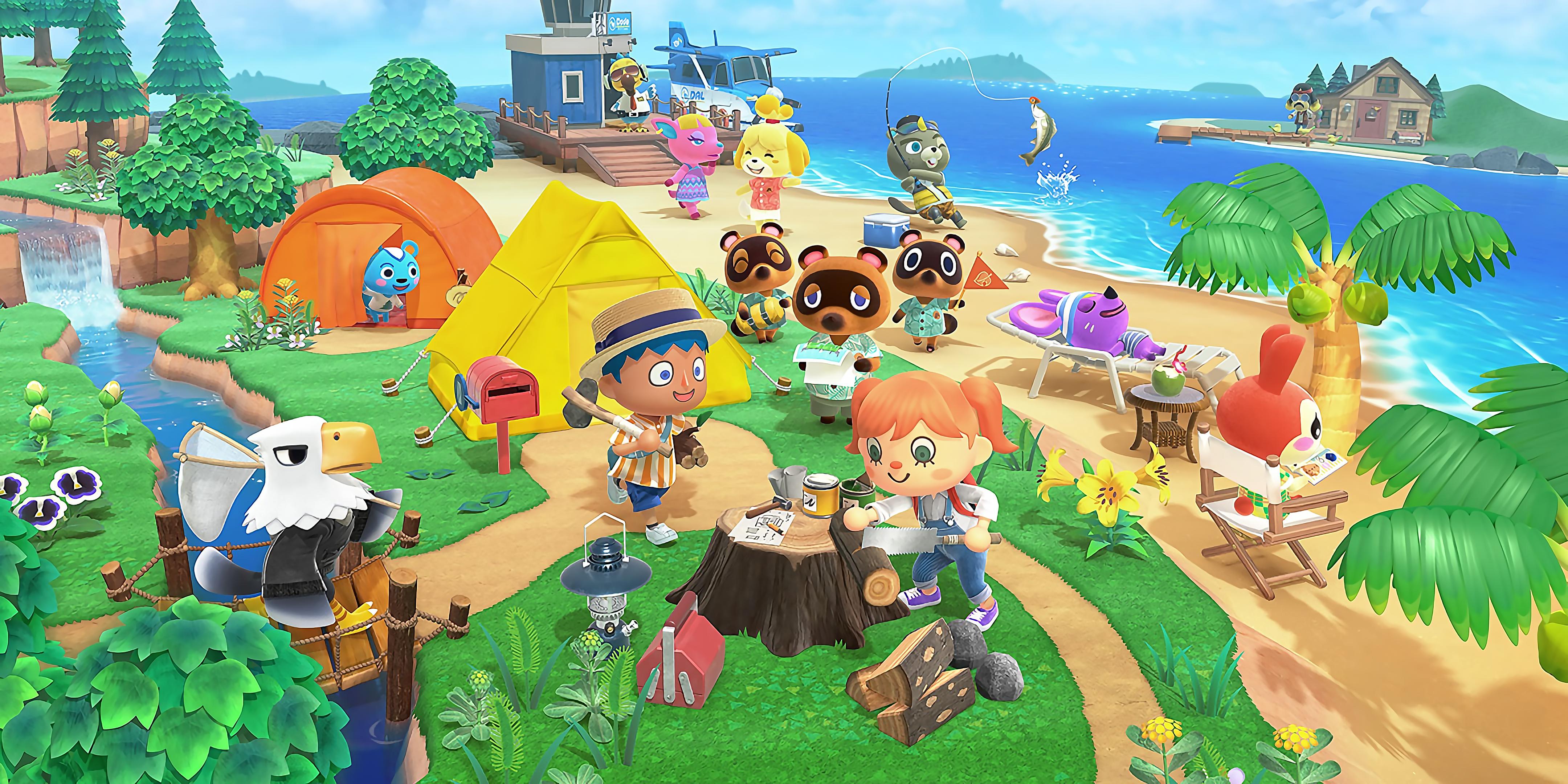
You earn Bells by selling things you gather and make, but expenses like loans and town improvements take them away. Turnips offer a limited-time way to make a profit if you can predict market trends. Crafting lets you transform everyday items into something more valuable, adding interest to your regular gameplay. And interacting with other players and dealing with different prices in each town makes trading with them worthwhile.
‘Factorio’

Manufacturing processes transform raw materials into more useful parts, with predictable rates and quantities. Power, research, and defenses constantly require these materials. As you grow, moving materials around becomes more expensive, making efficiency crucial. The game’s design encourages you to improve your production to get the most out of your resources.
‘Anno 1800’
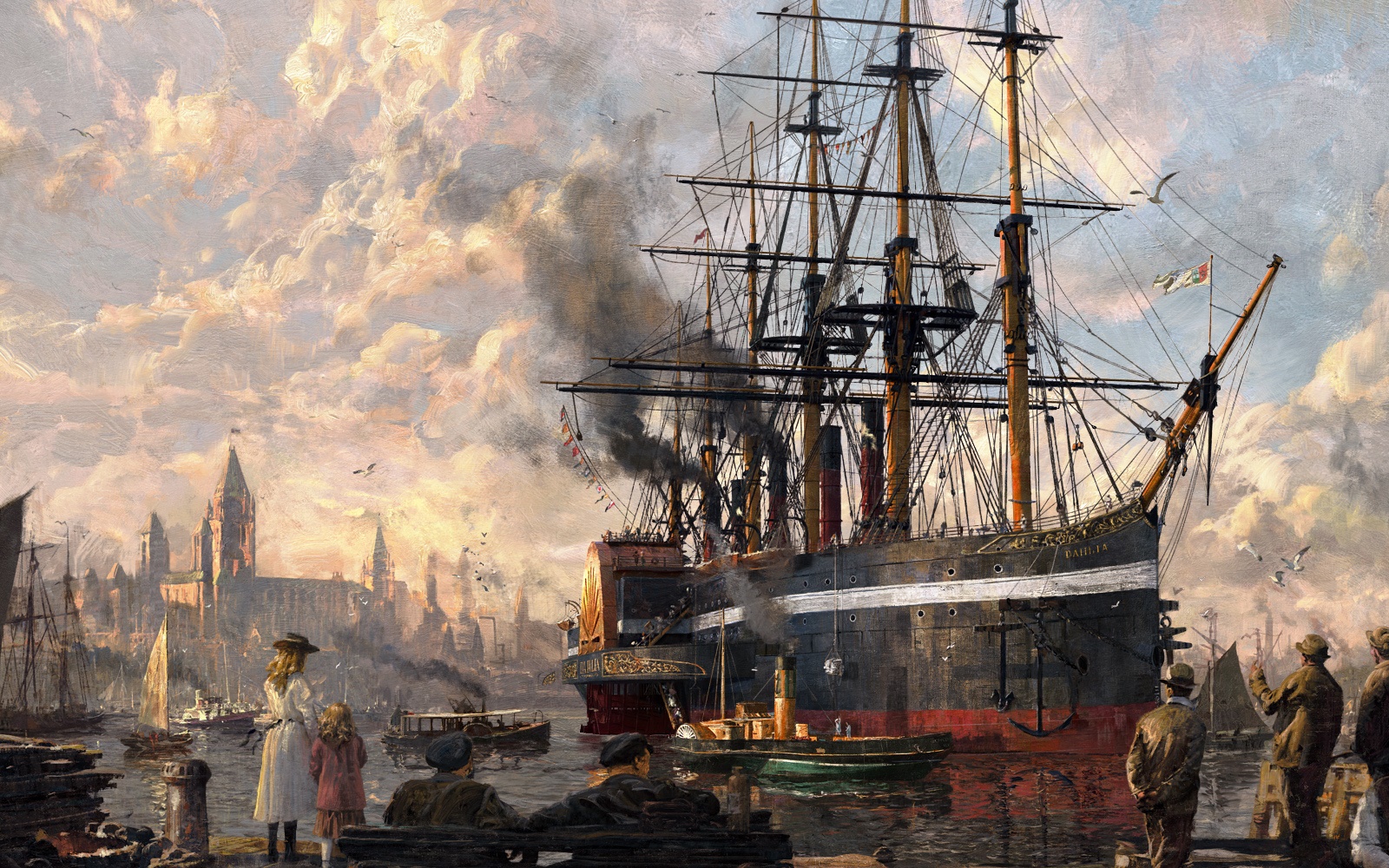
Different population sizes need different types of goods, which creates increasing and changing demands as cities grow. Trade routes and harbor fees act like shipping costs, influencing how much things cost. Limited workers and birth rates encourage cities to focus on specific goods and trade with each other. Consistent upkeep and consumption of goods ensure a steady flow of resources instead of allowing them to build up in storage.
‘Banished’
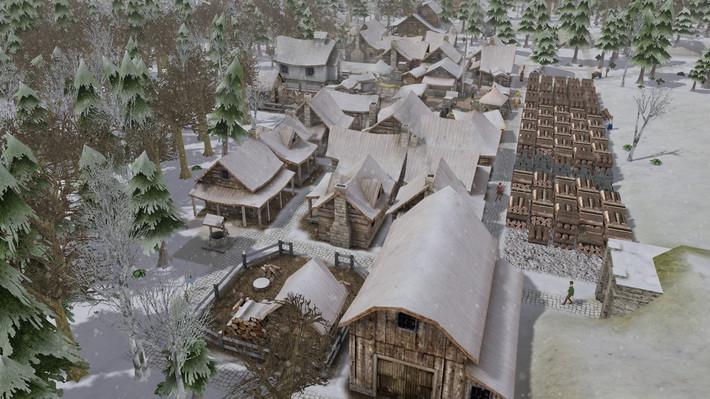
Okay, so in this game, keeping everyone fed and powered up is a constant juggling act. You’ve got to produce enough stuff to match what people need, and that changes with the seasons and the weather! Everything breaks down too – tools, clothes, all of it – so you’re always needing resources. Honestly, the biggest challenge is that you don’t have unlimited workers or space to store things, so you really have to think about how you’re getting everything produced and moved. Plus, trading is a big deal – you can swap what you have a lot of for stuff you’re missing, but you have to make smart choices because every trade-off feels real.
‘Frostpunk’
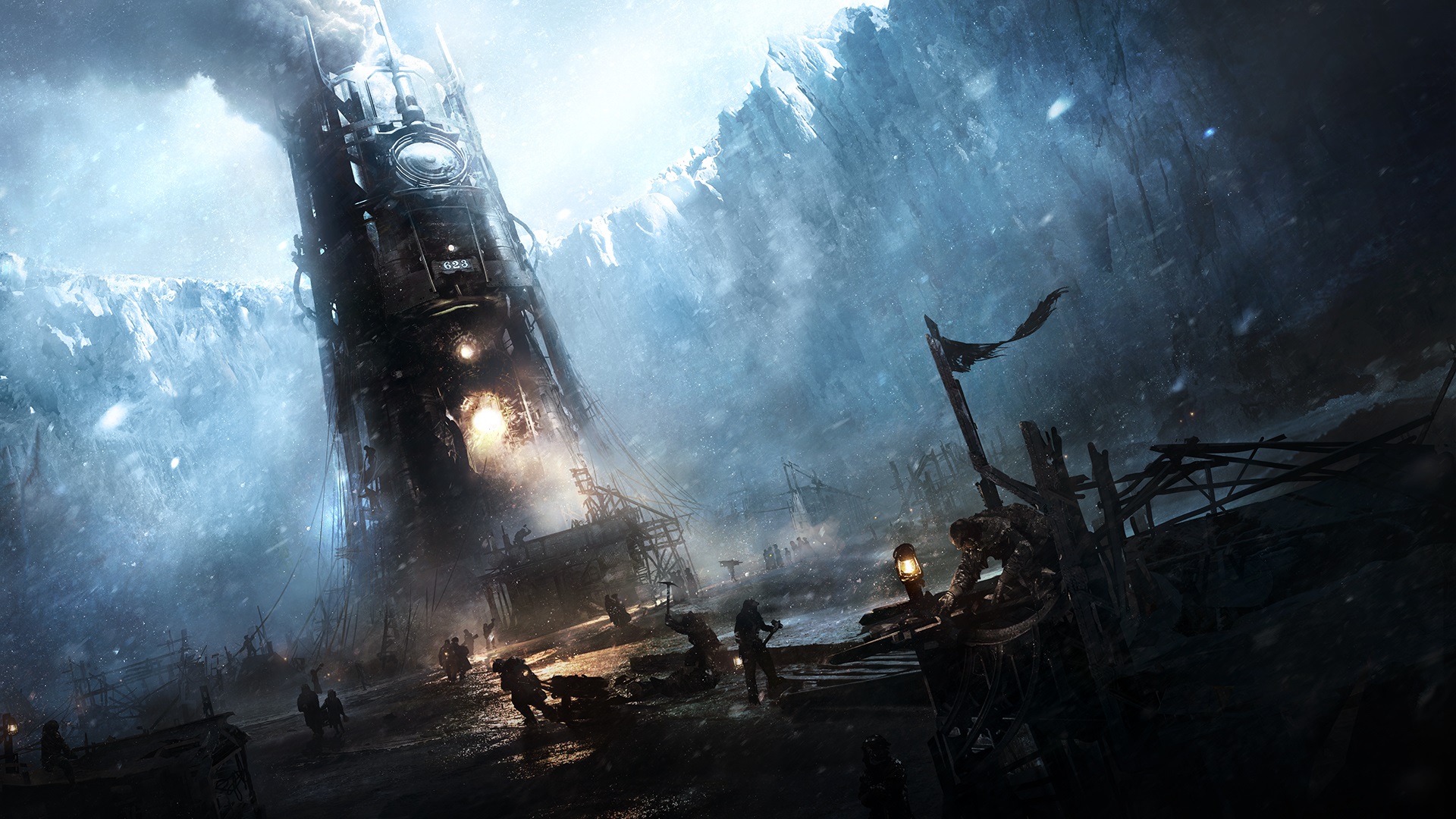
Our need for resources is constant, driven by basic necessities like food and warmth. Regulations and how we build things create economic choices that impact where people work. Materials like coal, steel, and wood are essential, and demand for them increases as technology advances. People’s optimism and dissatisfaction also play a role, influencing how effective policies are and ultimately affecting productivity.
‘Victoria 3’

People buy things based on what’s available and its price, which is determined by how much of something there is and how much people want it, across all income levels. How goods are made also affects the cost of materials and what people earn. Things like taxes on imports, financial aid, and shipping routes can change what motivates businesses, but the basic economic principles still apply. When there’s not enough of something, or too much, it creates effects that spread throughout related businesses in a fairly consistent pattern.
‘Cities: Skylines II’

Okay, so in this game, everything runs on a realistic supply chain. I’m basically managing goods as they move from where they’re made to the stores. My budget and how quickly I can grow depend on things like taxes, service fees, and keeping everything maintained. Where I put my businesses and how traffic flows really matter, because that affects how fast I can deliver stuff and make a profit. Plus, things like utilities and land prices are consistent costs, but also give me reasons to keep investing and expanding my operation.
‘Mount & Blade II: Bannerlord’
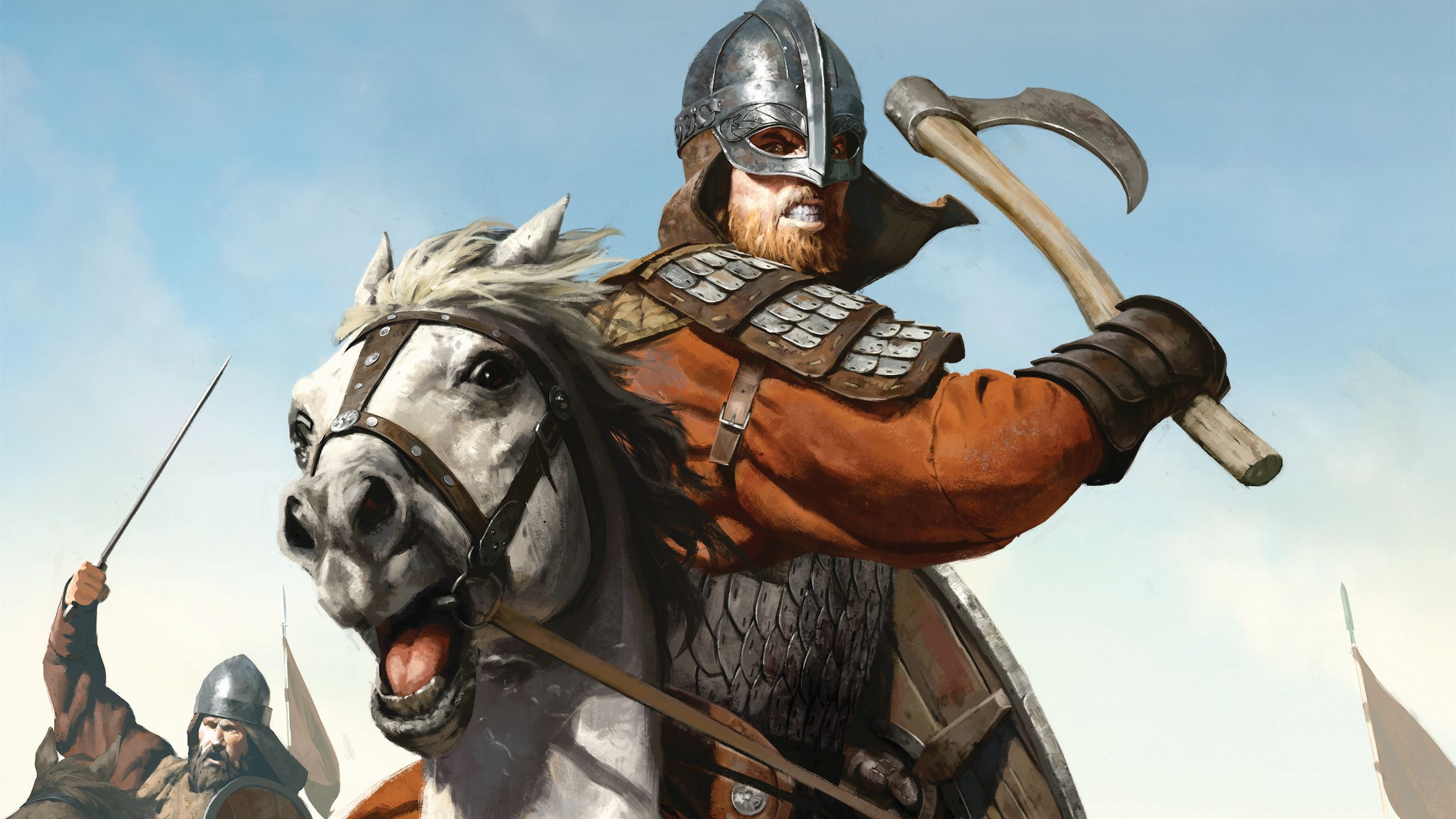
Workshops and traveling merchants provide a reliable income based on local materials. Towns use resources to make products, causing prices to fluctuate. Paying soldiers and hiring new ones consistently drains funds, increasing with a town’s strength. Raiding and war interrupt the flow of goods, altering trade paths and profits.
‘X4: Foundations’
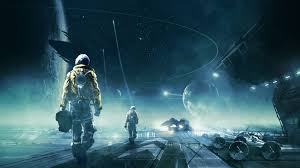
Space stations need materials to build and maintain themselves, constantly creating a need for resources. Various groups within the game control complete production systems that players can participate in or sabotage. Prices for goods change based on how much is available and how far away they are, rewarding players who carefully plan their supply routes. Ships being destroyed and needing repairs naturally remove materials from the game’s economy.
‘Elite Dangerous’
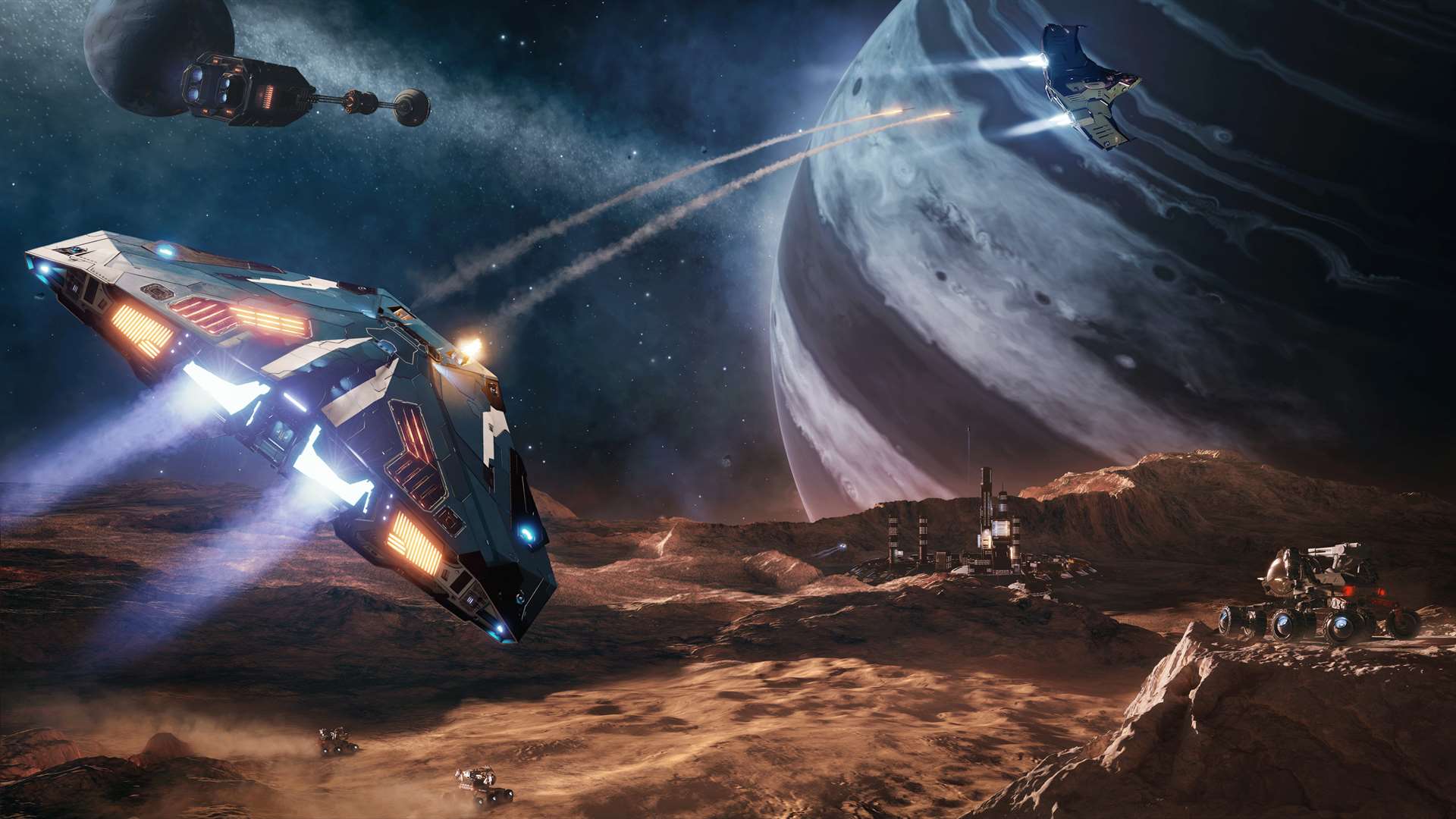
The prices of goods change based on how much is available and how much people want them, fluctuating with the overall economic situation. How credits move through the game is influenced by rewards from missions, the cost of insuring ships, and the price of upgrading equipment. Profit from trading depends on how far you travel, the dangers involved, and whether the trade is legal. Finally, players constantly use resources for engineering and crafting, which provides a continuous need for credits and supports long-term progression.
‘No Man’s Sky’
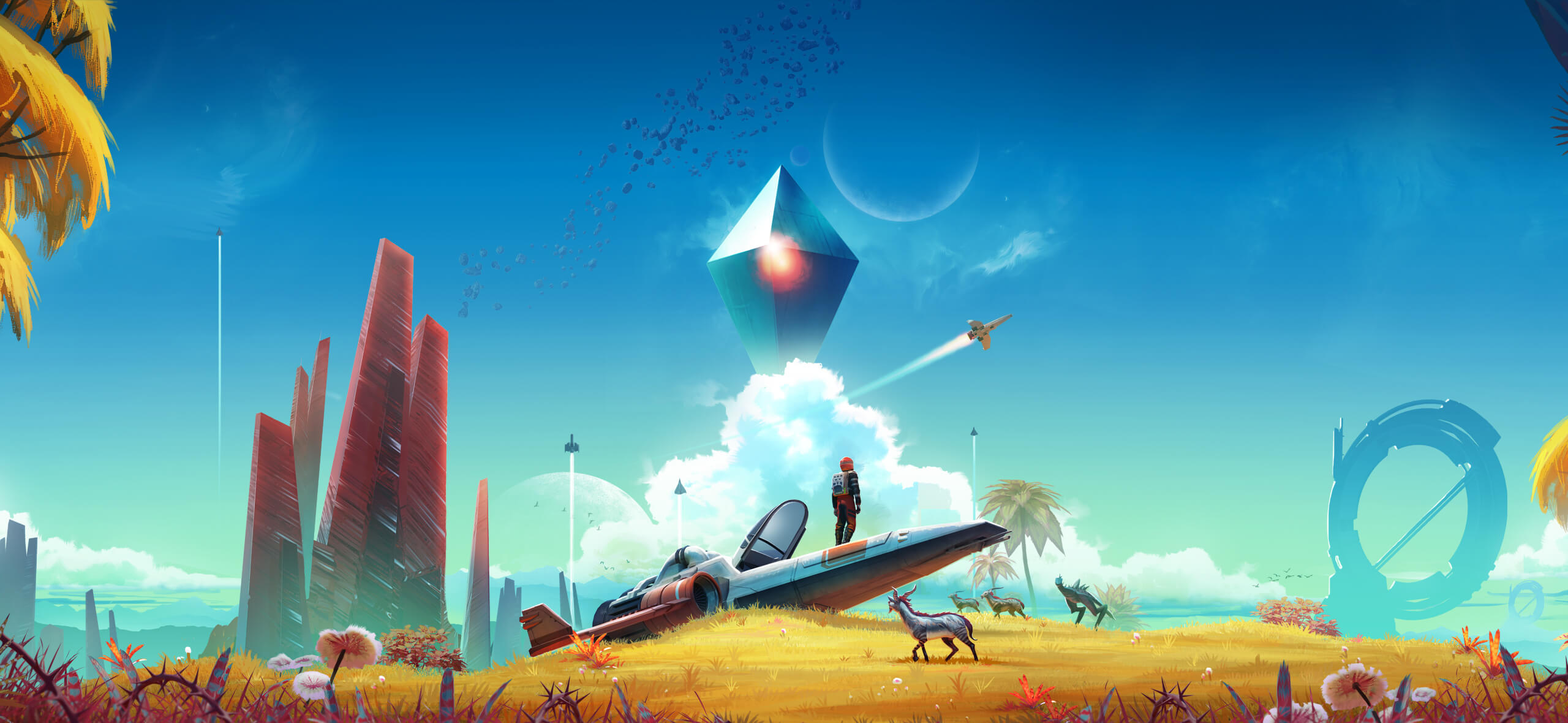
You get Units and Nanites by exploring, trading, and doing research, and you can use them to improve things. You can also craft common materials into more valuable items. Different planets have different markets, so planning trade routes is important. Building and expanding your base requires a lot of resources and is key to making long-term progress.
‘Warframe’
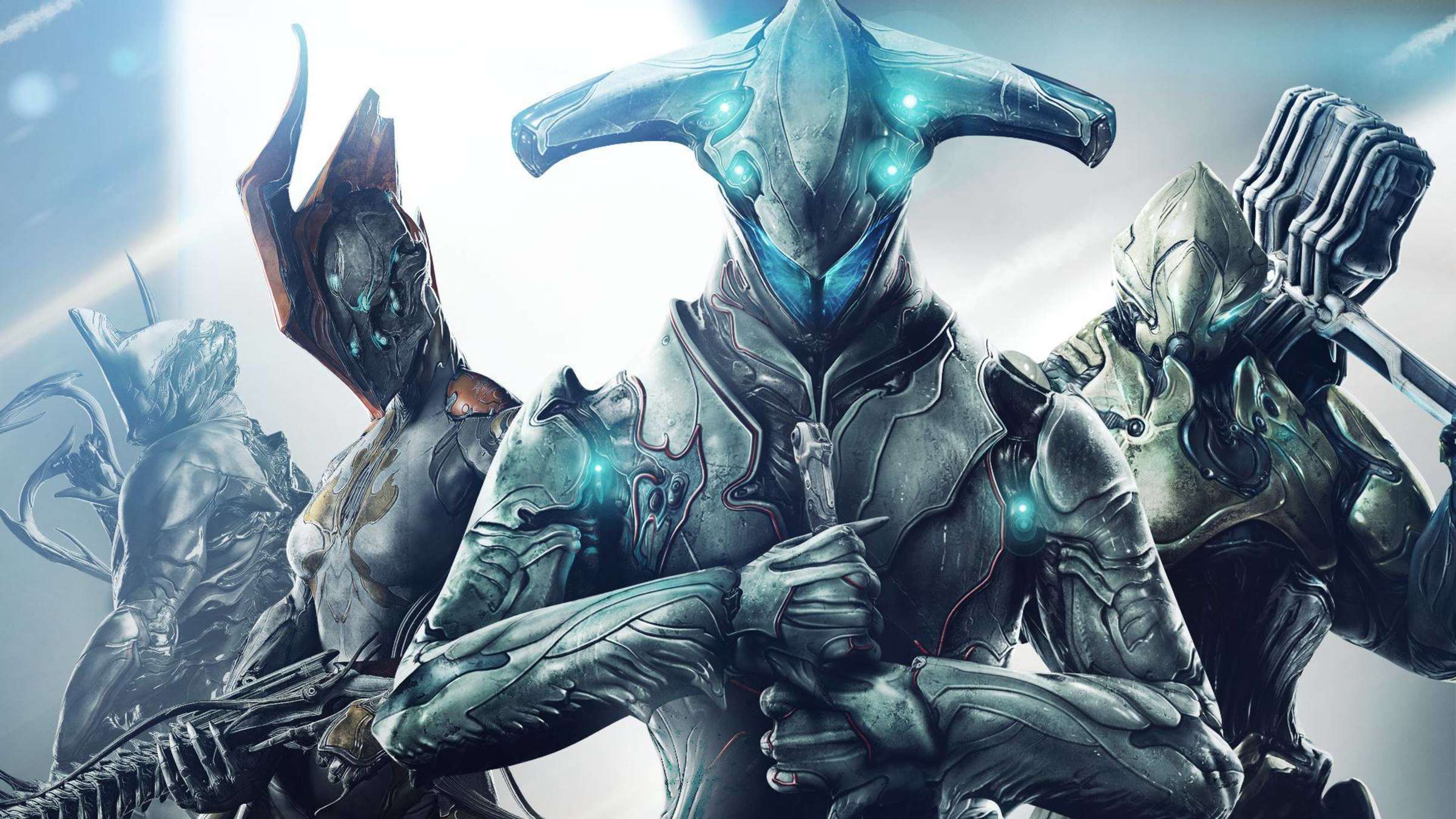
Credits and Endo are used to create and improve gear, while Forma and Reactors are valuable items players aim to obtain. Trading between players focuses on prime components and modifications, with a consistent supply coming from special containers. Limits on how much of certain resources players can earn each day help keep prices stable. The game also uses different currencies for different activities, which further supports a healthy economy.
‘GTA Online’

Players earn money by completing missions and running businesses, but expenses like vehicles, properties, and upgrades quickly reduce their cash. Regular costs such as ammunition, body armor, and bills constantly take money out of the game. Businesses require managing supplies and sales, which involve both time and risk for potential profit. Large jobs like heists and special events have payouts that are adjusted to keep players progressing at a steady pace.
‘Fallout: New Vegas’

Supplies are limited and don’t always reappear, making trading essential. The type of ammunition and how well your weapons are maintained constantly create a need for repairs and resources. What you trade, your skills, and even which group you’re with all affect the results of a deal. Plus, you can only carry so much, and staying alive requires resources, giving everything real-world value beyond just its cost.
‘The Legend of Zelda: Tears of the Kingdom’
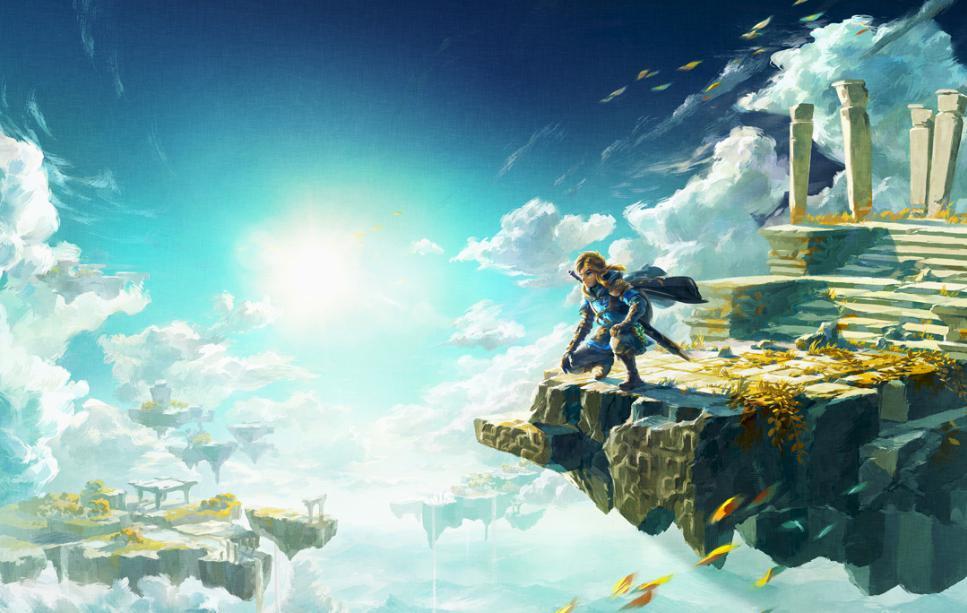
You earn rupees by selling items and finishing tasks. Spending rupees on things like armor upgrades and services helps balance the game’s economy. Cooking and fusing let you turn basic items into more valuable ones. Exploring different areas and finding different merchants can give you better prices and unique items. Finally, using crystals and Zonai devices lets you power up tools for getting around and fighting.
‘Monster Hunter: World’
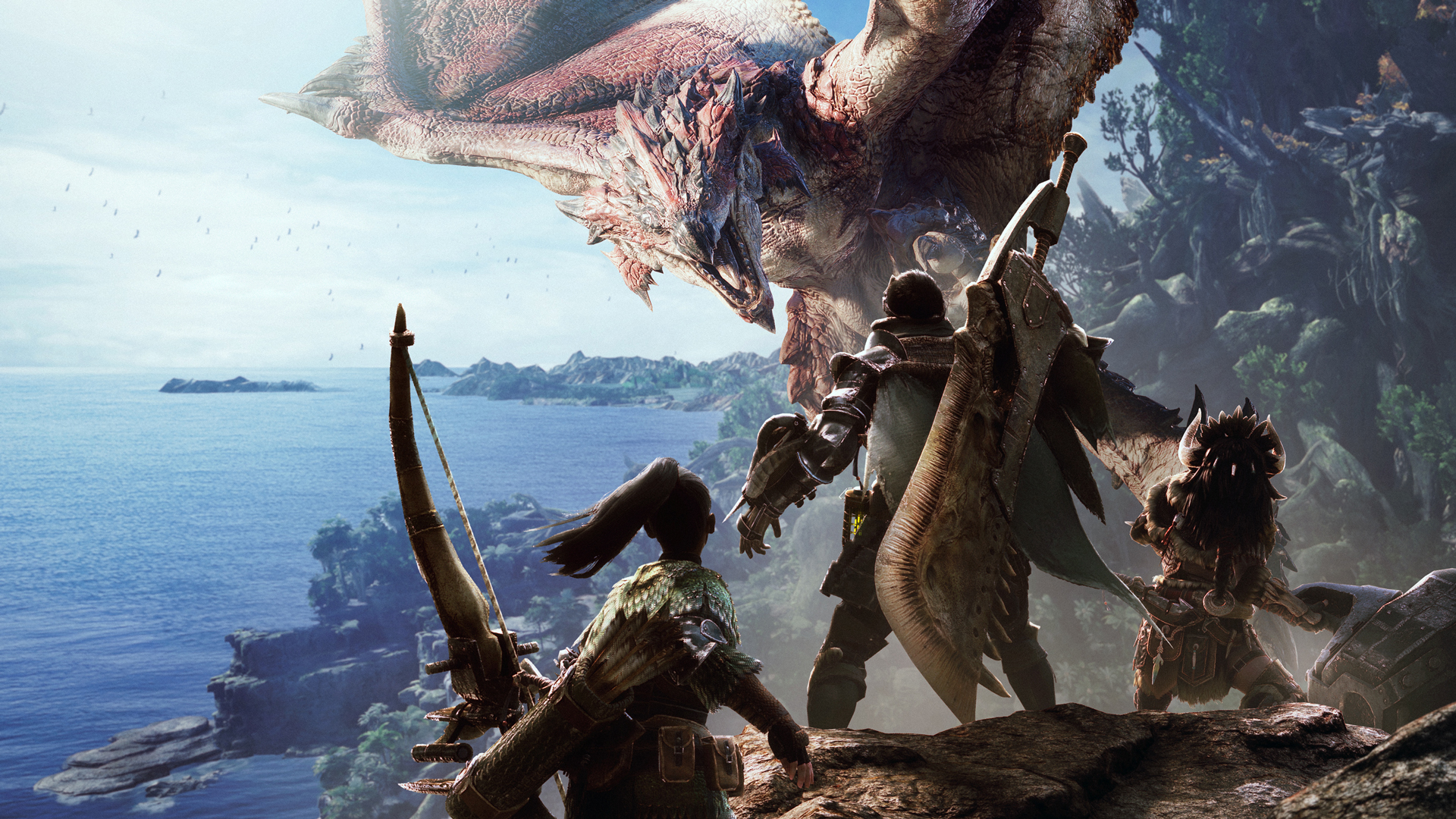
You earn money (Zenny) and Research Points by completing hunts, investigations, and bounties. Making and improving your weapons and armor requires monster parts, which encourages you to hunt more. Items like traps and potions need to be constantly restocked, creating a demand for gathering materials. Finally, customizing and strengthening your gear through decoration melding and augment systems provides a continuing use for collected resources.
Let us know in the comments which games have great economies and which ones feel the most intuitive and fun to play!
Read More
- Broadcom’s Quiet Challenge to Nvidia’s AI Empire
- Trump Ends Shutdown-And the Drama! 🎭💸 (Spoiler: No One Wins)
- METH PREDICTION. METH cryptocurrency
- South Korea’s KRW1 Stablecoin Shocks the Financial World: A Game-Changer?
- Gold Rate Forecast
- How to Do Sculptor Without a Future in KCD2 – Get 3 Sculptor’s Things
- CNY JPY PREDICTION
- 20 Most Cursed Productions in Movie History: From Jaws to Titanic, the Chaos Behind Iconic Films
- Investing Dividends: A Contemporary Approach to Timeless Principles
- Shiba Inu’s Netflow Drama: Bulls, Bears, and 147 Trillion SHIB
2025-11-18 19:21